
Product test
DeWok Table Wok Review: The raclette replacement?
by Simon Balissat
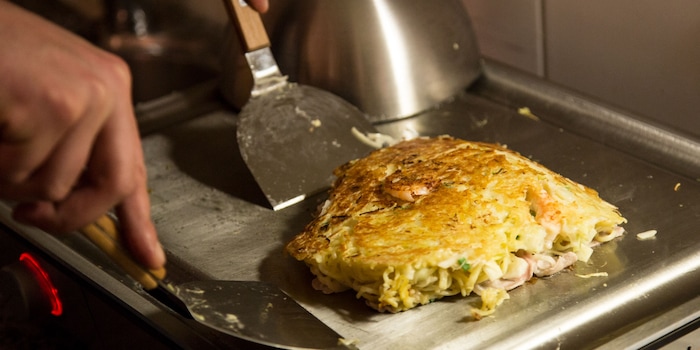
In principle, the teppanyaki grill is a metal plate that you heat up and grill your food directly on it. The tested grill does this without any problems. The problem comes after the work is done. How do I clean this thing?
The Japanese call it teppanyaki, the Spanish plancha. The principle is the same. Grilling on a hot metal plate. You plug in the appliance, turn up the heat continuously and fry your food with a little oil. You can set the temperature on the left and right individually, for example to warm on the left and sear on the right. You also get the traditional teppanyaki paddles and a bell to cover the food on the plate and cook it evenly. This works wonderfully.
For inspiration, here's a video from the pros.
When I flew the family nest over 15 years ago, I suddenly had to cook for myself. But it wasn’t long until this necessity became a virtue. Today, rattling those pots and pans is a fundamental part of my life. I’m a true foodie and devour everything from junk food to star-awarded cuisine. Literally. I eat way too fast.
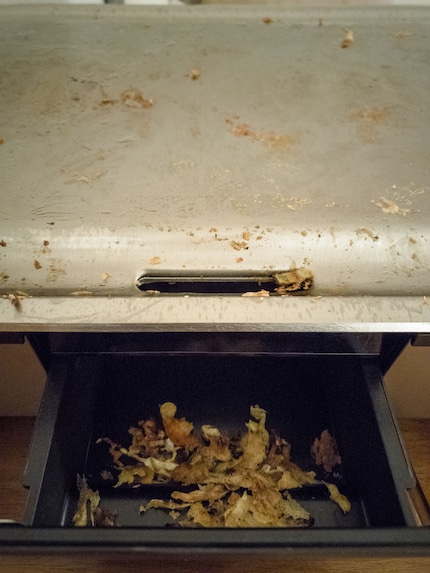
Very practical: you can simply push fried pieces and excess fat into a hole in the plate to collect them. With a little skill and cooking experience, you can prepare wonderful meat and vegetables on the griddle. For the original feeling, the "Japanese pizza" Okonomiyaki is particularly suitable for preparation. My conclusion: The appliance works as it should, it is an eye-catcher for guests at the table and the "Teppanyaki@Home" gives you an alternative option in the kitchen if your hob is not sufficient. So I can only recommend the product and that could be the end of this article... if it weren't for the big problem of cleaning.
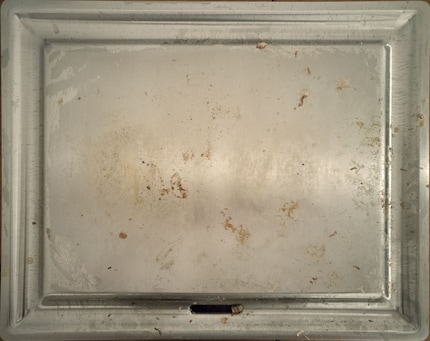
The grill plate is firmly screwed to the lower part. You cannot remove it and clean it under running water or even in the dishwasher. A look at the instructions for use shows that washing-up liquid is taboo. I take this instruction seriously, after all I don't want to cause the plate to rust or damage the coating. The cleaning instructions have no less than five steps twice. Once for cleaning a slightly dirty plate, once for cleaning burnt-on residues. Authorised cleaning agent: lemon juice.
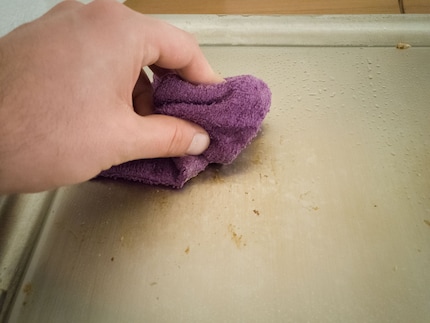
Water alone removes the toughest stains, but the lemon juice is actually necessary. A sour vapour rises towards me as soon as I pour the juice onto the still-warm plate. "Will I need a gas mask for this process in future?" I ask myself and go over it with the sponge. It doesn't really work. Heat the appliance slightly, switch it off, unplug it, soak the food residue in cold water, then wipe it off with the rough side of the sponge. That takes time. But I actually get the plate reasonably clean this way. Reasonably... a few marks remain. As the saying goes, "where there's wood, there are chips". Cleaning is too complicated for my liking. I would have liked to be able to remove the plate.
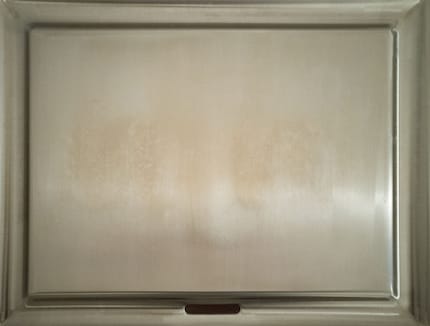
What remains in my flat is the smell of roasting, drowned out by tart lemon vapour. Cleaning takes some getting used to and is a little awkward, but it doesn't take long. The appliance itself is nothing more and nothing less than a table grill in Japanese. The blades make all the difference. It's fun to cook with these things and entertain guests with unsuccessful show effects. The social aspect of the table grill is not lost either: although your guests can't prepare their own food, everyone can try their hand at the teppanyaki plate if they want to.
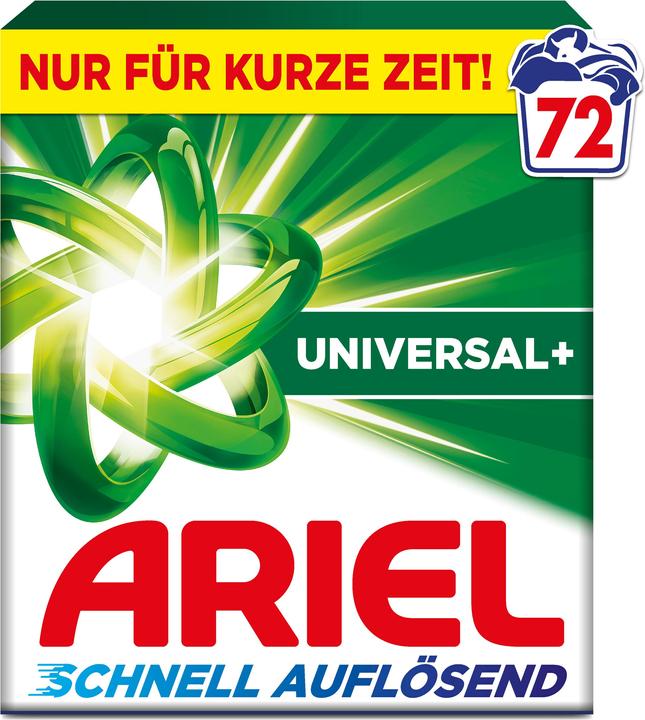
Ariel Universal+
72 Washing cycles, Washing powder